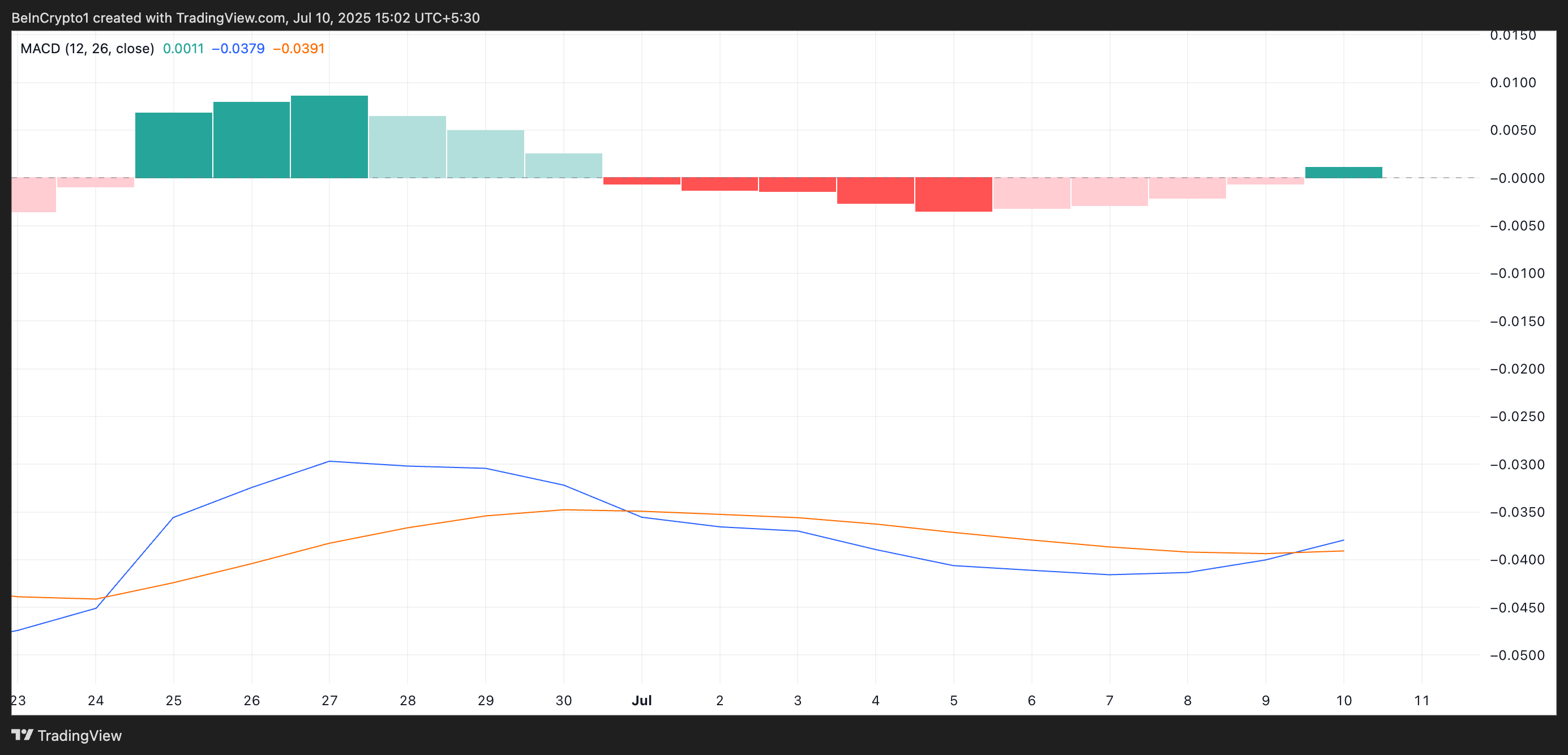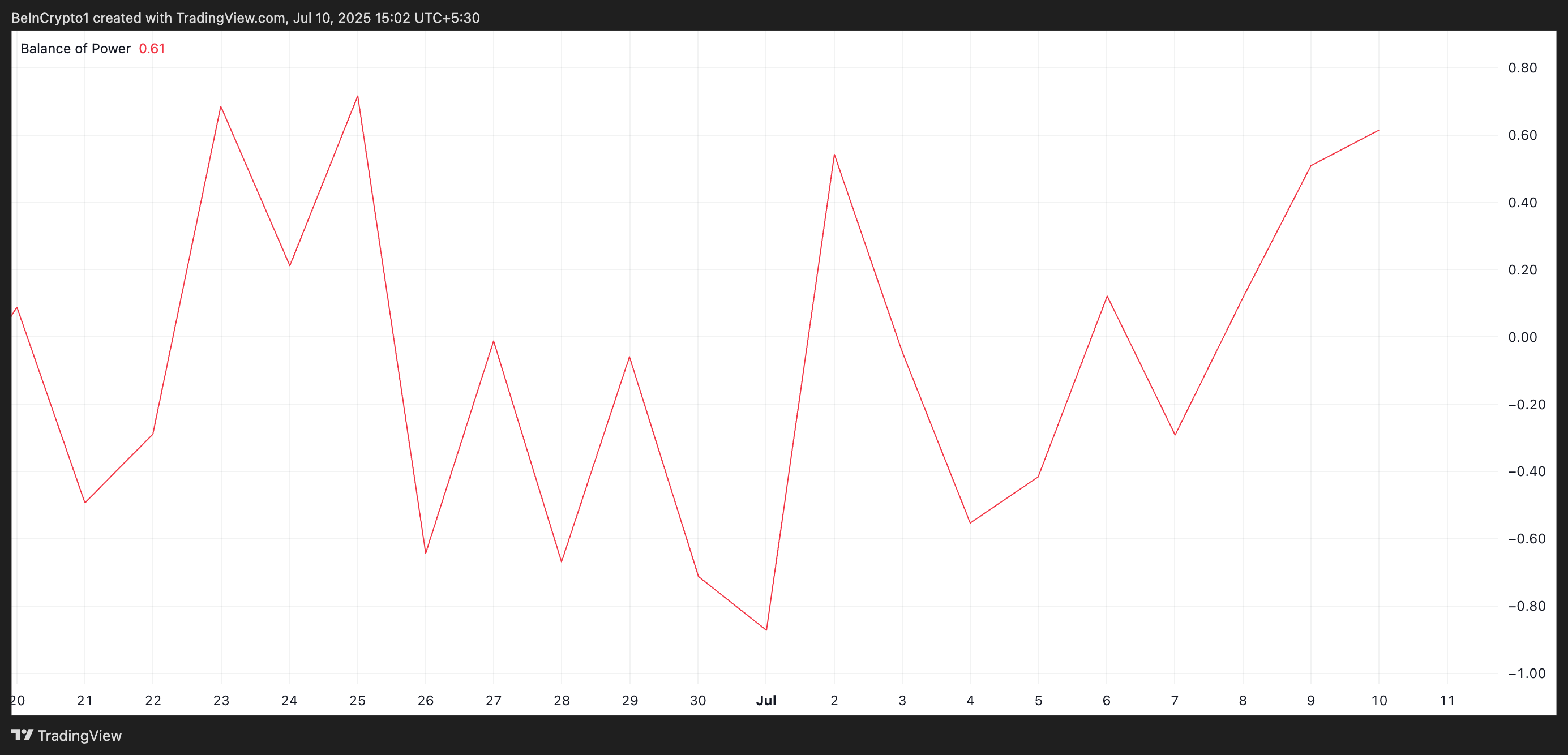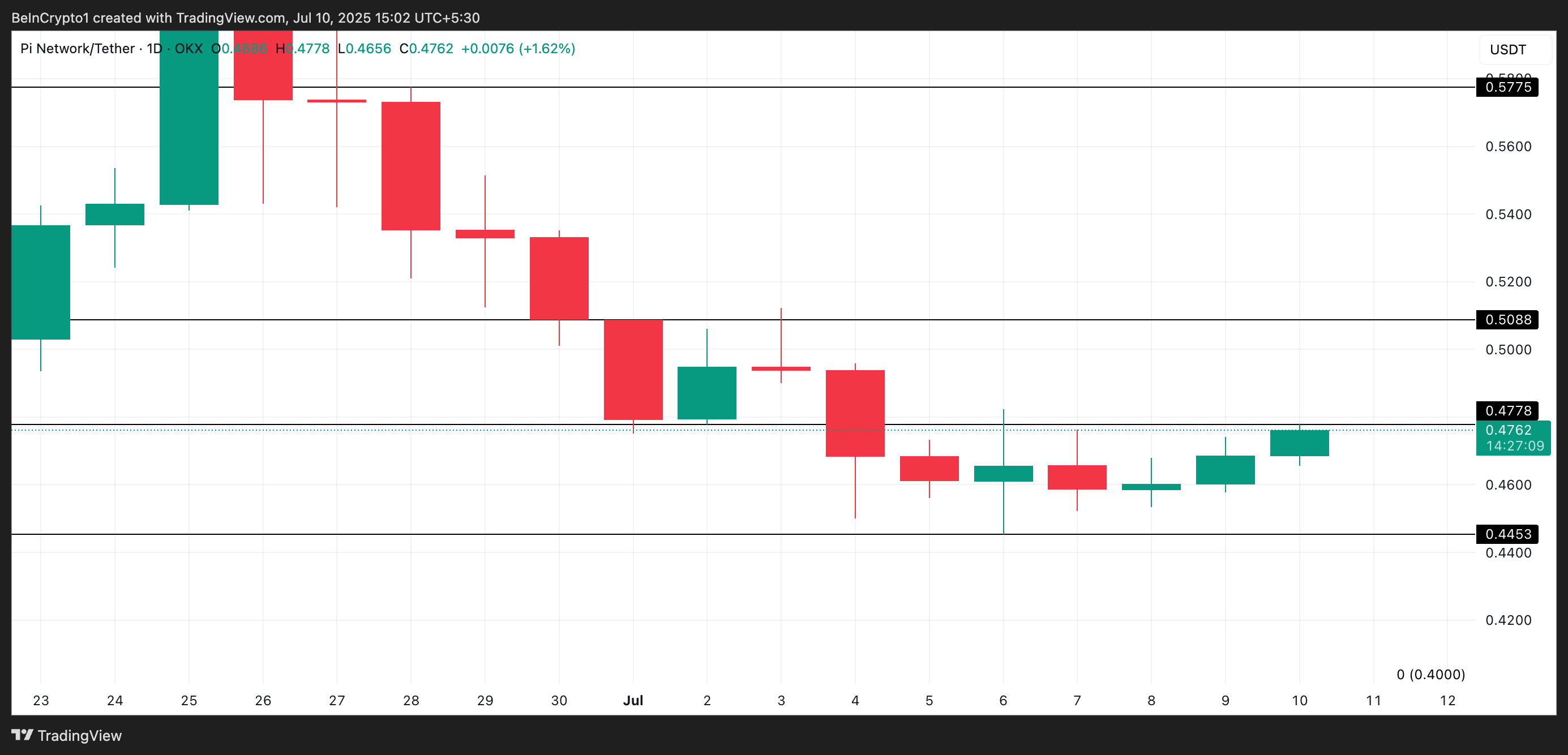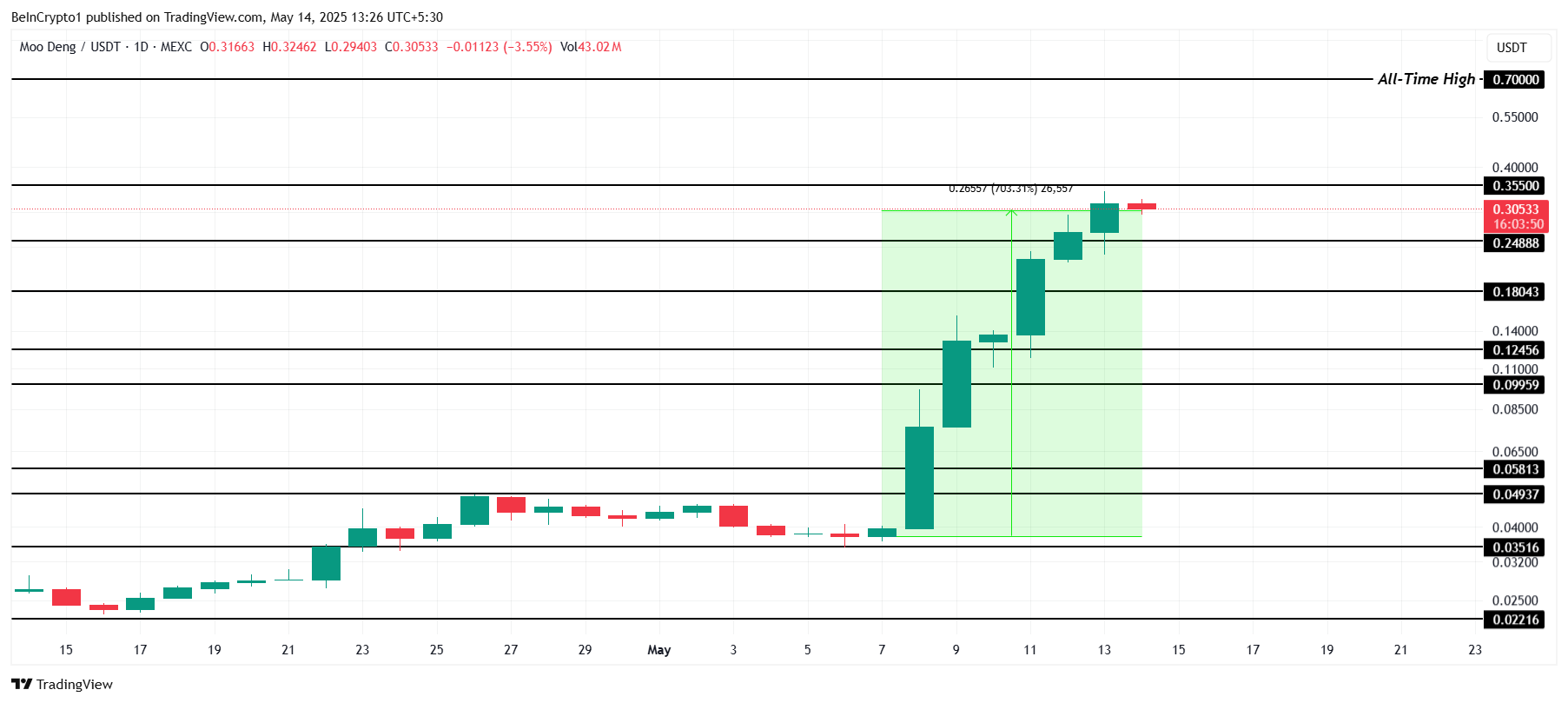The idea of the colloquial “American Dream” might be due for an upgrade after BeInCrypto reported housing credits in the US considering Bitcoin-backed mortgages.
While homeownership has long defined financial success in the US, a growing movement led by crypto heavyweights says that even owning 0.1 Bitcoin (BTC) might soon surpass that milestone.
Binance’s CZ Says 0.1 BTC Could One Day Outvalue a House
Changpeng Zhao (CZ), founder and former CEO of the Binance exchange, suggested that owning just 0.1 BTC, worth $10,679 as of this writing, could one day be worth more than a house in the US.
“The current American Dream is to own a home. The future American Dream will be to own 0.1 BTC, which will be more than the value of a house in the US,” the Binance executive shared in a post.
CZ was reacting to a post by William J. Pulte, a US housing policy official and crypto advocate, who announced crypto inclusion as an asset for a mortgage application.
According to CZ, this is great to see, with Bitcoin now counting as an asset when applying for a mortgage in the US.
Pulte is the director of the US Federal Housing Finance Agency (FHFA), which oversees major entities such as Fannie Mae, Freddie Mac, and the Federal Home Loan Banks.
The decision marks a fundamental shift in US financial policy. Enacting this policy, particularly regarding Bitcoin, enhances the pioneer crypto’s popularity among high-net-worth investors. More closely, it legitimizes crypto as a financial asset in federal housing policy.
“When I bought a house last year, I provided a portfolio summary from DeBank as proof of funds. No bank would accept such a document but realtors will accept the document for cash offers,” one user revealed.
This aligns with a broader trend of digital assets gaining mainstream legitimacy in financial infrastructure, including Bitcoin ETFs (exchange-traded funds) and Ethereum counterparts.
Notably, Pulte also revealed regulatory momentum, ordering executives at Fannie Mae and Freddie Mae to provide regulatory changes. After a “productive meeting,” Pulte confirmed the addition of crypto to US mortgage qualification.
Meanwhile, like CZ, MicroStrategy (now Strategy) executive chair Michael Saylor sees the move as Bitcoin’s foray into the American Dream.
Saylor has long viewed Bitcoin as a long-term store of value. This latest development cements that vision, tying Bitcoin to the foundational aspects of middle-class life such as homeownership.
In a recent US Crypto News publication, BeInCrypto reported Saylor offering MicroStrategy’s Bitcoin Credit framework to calculate credit risk using BTC price volatility and loan duration, among other factors.
Bitwise’s Jeff Park Explains The Rise of the “Wholecoiner”
Elsewhere, Jeff Park says the American Dream is being redefined for younger generations. According to the portfolio manager at Bitwise, becoming a “wholecoiner” (owning 1 full BTC) is replacing suburban homeownership as a symbol of financial independence for Millennials and Gen Z.
With US home prices soaring, weighing heavily on younger Americans, the dream of owning property is slipping away.
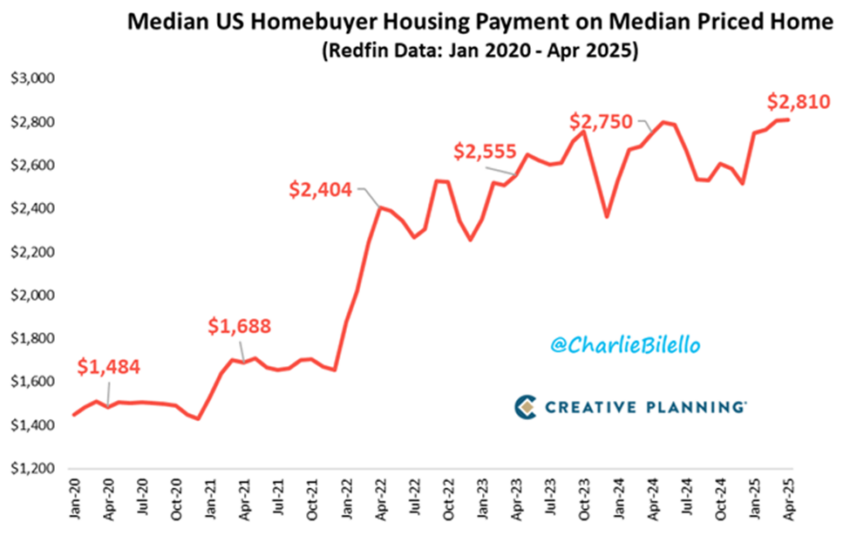
Similarly, student debt is a challenge, with reports suggesting high unemployment rates even for students graduating from top-of-the-line institutions.
Meanwhile, Bitcoin, trading at $106,796 as of this writing, represents an alternative grounded in scarcity, autonomy, and global access. A report from Jumper Learn echoes this sentiment.
“Owning one Bitcoin is viewed as a milestone akin to homeownership in previous generations, anchored not to land but to sound money and digital autonomy,” read an excerpt in the blog.
The policy shift reflects a broader cultural transformation. As digital natives prioritize flexibility, decentralization, and sovereignty, Bitcoin is going beyond being just an asset and progressively becoming a lifestyle anchor.
As Saylor, CZ, and Pulte, among others, converge around this narrative, Bitcoin becomes a benchmark of aspiration. The modern American Dream could soon be measured in satoshis, not square footage.
The post Is 0.1 Bitcoin the New American Dream? CZ, Saylor, and Pulte Think So appeared first on BeInCrypto.



